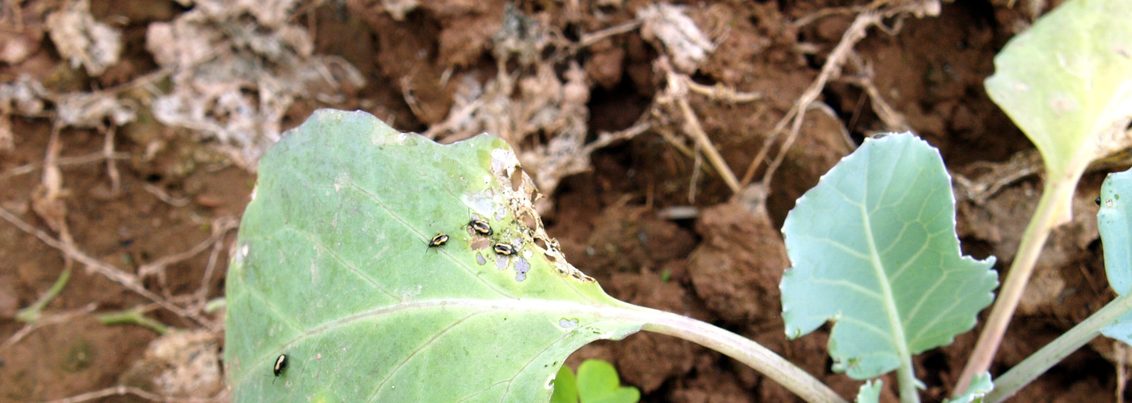
To be a farmer is to live with risk. The Syngenta Foundation works on risk management products tailored to smallholder needs, as well as the best possible delivery systems.
How do smallholders manage risks?
For a small farmer like Elias in Kenya, each agricultural season brings with it opportunities as well as risks. In a good year, he can harvest up to 15 bags of corn on his one-acre plot and make good money on his investment. But as his region experiences periodic droughts, he also grows corn next to the maize to make sure he can still get an income if the rains and thus the corn crop fail.
Cautious farmers, cautious banks
Elias has become cautious in taking risks with his farm, such as investing in fertilizer and improved seed. He has seen his neighbors struggle to repay loans in drought years. Elias is not the only one who is cautious; the banks in his region have lost money due to droughts and now give loans only to those farmers who can provide them with title deeds or other guarantees.
The challenges for smallholders
Elias' case is typical for smallholder farmers:
- Options for managing farming risks every year are very limited.
- Limited options means they hold back from investing in their farms.
- A lack of investment constrains income possibilities.
- They can secure a harvest through risk management strategies (such as intercropping or staggered growing).
- However, these strategies can result in poor yields, which also hold them back.
An eye on the weather - attainable insurance for smallholders
Worldwide, many large farmers can access more formal risk management tools such as crop insurance. However, the product(s) in question tend to be beyond the reach of smallholders. Weather index insurance is a new kind of insurance for farmers. It covers weather-related risks such as drought and excess rain. It can be made affordable for smallholders, if costs are kept low, for example by using weather stations instead of visiting individual farms. Weather index-based insurance is usually offered to small farmers through their cooperative, input dealer, a microfinance institution or bank. It can help them mitigate the weather risks that they cannot control.
To see how this works in East Africa, visit our "Kilimo Salama / ACRE" pages.
